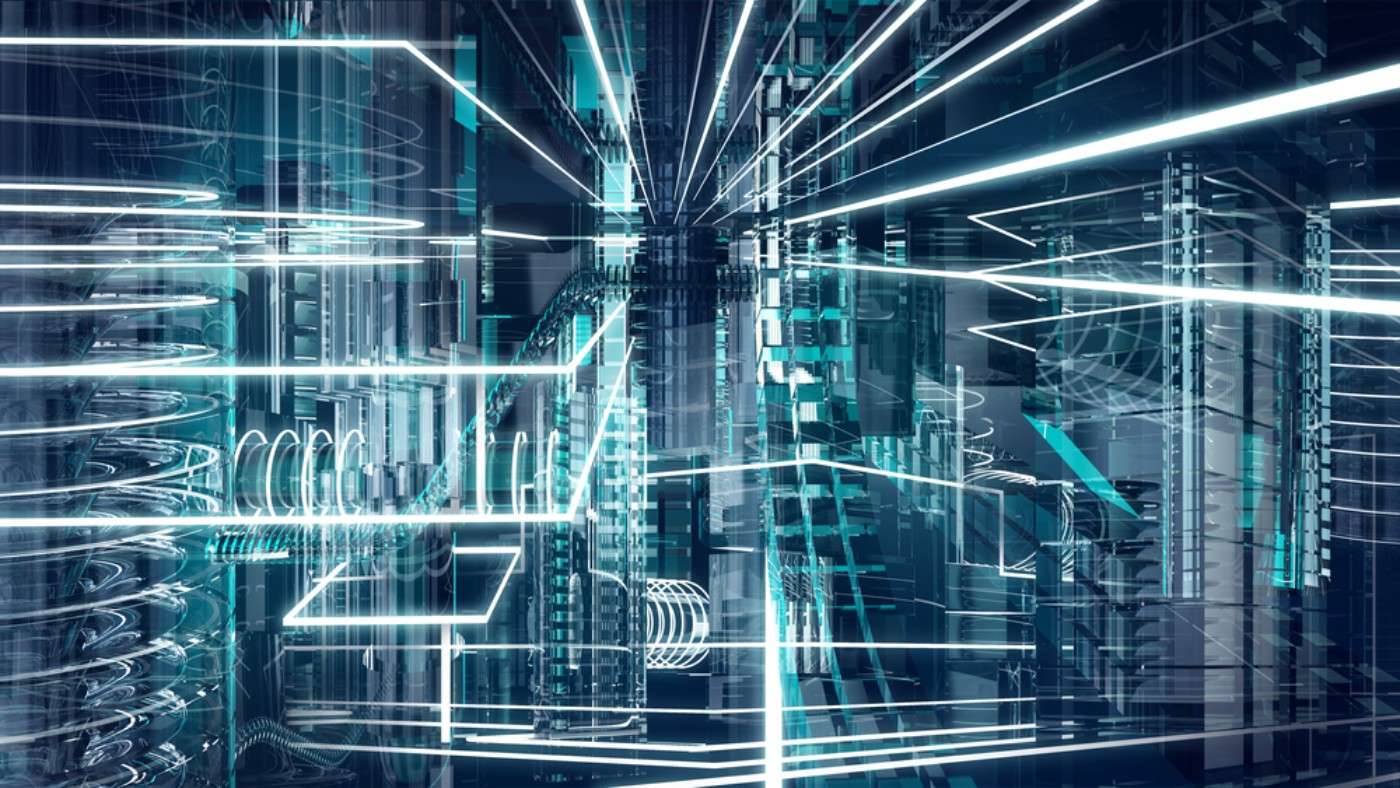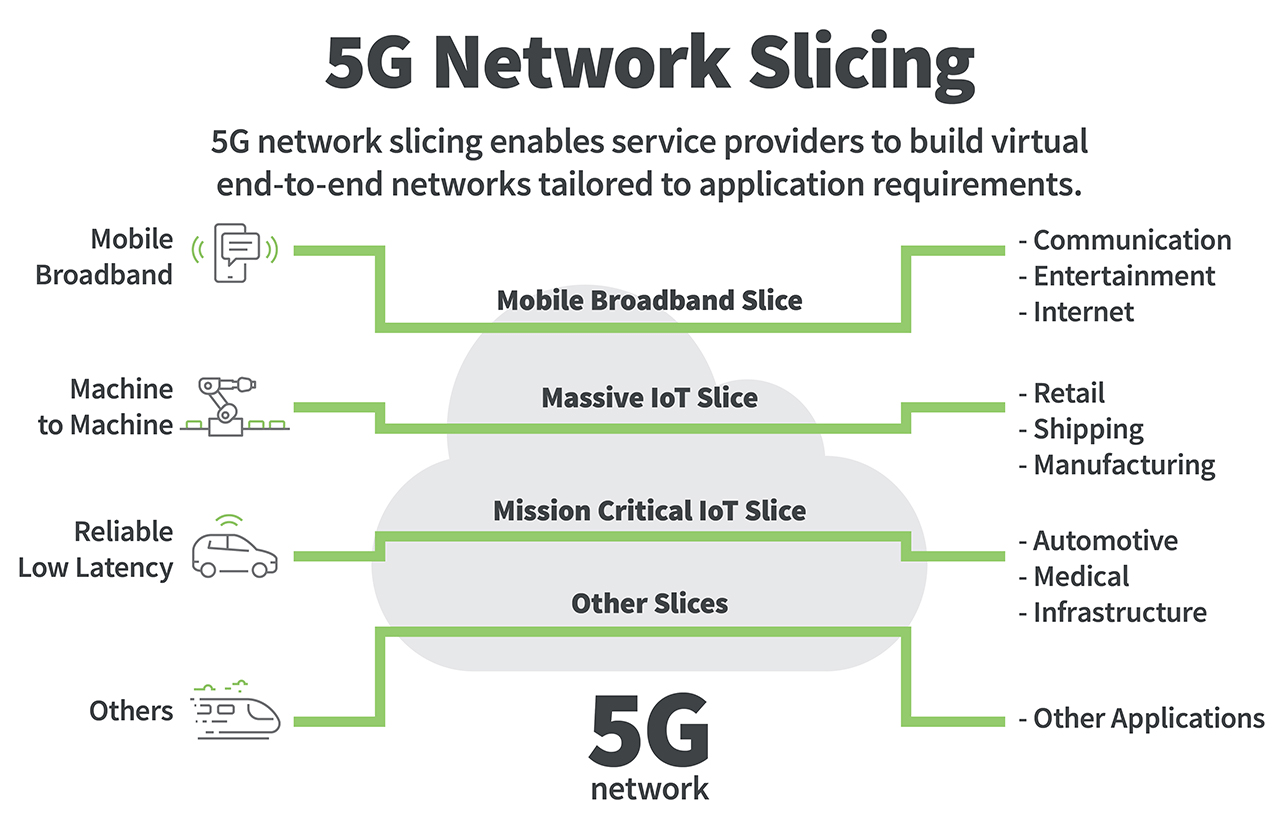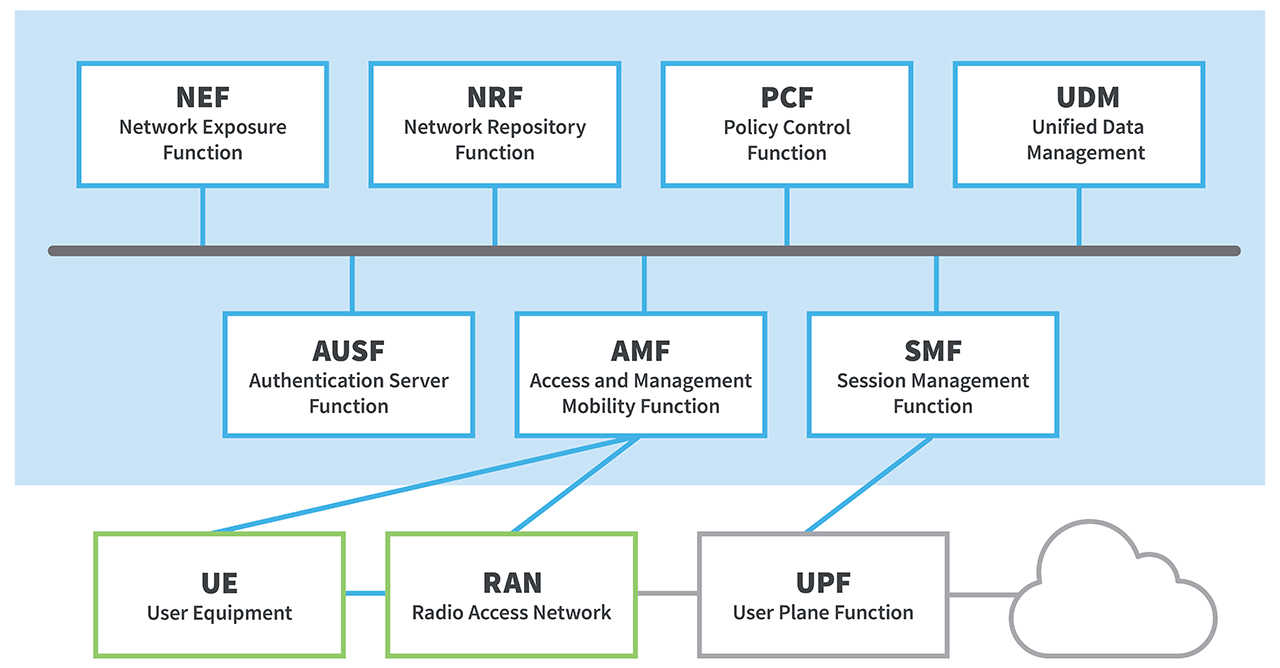
Cellular networking has evolved through many generations, and the next one is the fifth. You may have heard or read about 5G, or fifth-generation cellular technology. But you may be wondering what is different. In this article, you can read about the 5G wireless network architecture.
Contents
5G Network Architecture – A Beginner’s Guide
Almost every decade, the International Telecommunication Union defines a new generation of cellular technology. The current one is the fourth generation cellular technology, or 4G. Each generation differs from the last in its architecture. So the fifth generation cellular technology, or 5G, will have a different architecture than 4G.
The difference in architecture depends on the type of equipment used and how they interact with each other. The architecture of 5G technology consists of an enormous cell-dense network. It improves upon the previous generations and performs better.
It offers
- Multi-Gigabits/s data transmission rates
- Supports a large number of devices in the network
- Has ultra-low latency
5G Core Attributes
The third generation partnership project, or 3GPP, is a group of institutes that set standards for telecommunication. According to it, the 5G core attributes are:
- Service Oriented
- Modular
- Reusable
- Self Contained
Additionally, the architecture of 5G wireless technology will have the following features that set it apart from the previous generation.
- It has a wide frequency range: from about 300 MHz to 300 GHz. High frequencies are suitable for densely populated areas, while low ones are best for long-range communication.
- Multi-Access Edge Computing (MEC) brings data closer to the end user from centralized data centers.
- Virtualized network components, separating hardware from software, create a more open architecture, including RAN.
- 5G will use eCPRI, or an enhanced Common Public Radio Interface that will reduce the latency of the network.
- Network Slicing: multiple logical networks on a shared physical grid.
- Beamforming: delivering data to each user using the most efficient path.

Source: Network Slicing
5G Core Network Architecture
Developers designed the 5G core architecture from scratch, with network functions separated depending on the service type. So it also has the name 5G core Service-Based architecture (SBA). The characteristics of the 5G core network architecture are as follows.
- 5G smartphones or cellular devices (User Equipment or UE) connect to over 5G New Radio (NR). And then to data networks, or DN (for example, the internet).
- There is only one entry point for UEs: Access and Mobility Management Function (AMF).
- UE requests the AMF for a particular service. Depending on the service, it selects a Session Management Function (SMF) for managing the user session.
- The task of the User Plane Function (UPF) is to transport IP traffic to and from the UE and the external network.
- AMF authenticates the UE using the Authentication Server Function (AUSF) to access 5G core services.
- Rest all the services provide a policy control framework that governs the network behavior.

Source: 5G Network Architecture
The evolution of the 5G network from its predecessors
Each generation of cellular technology matures approximately a decade apart. It happens because the operators want to use the frequency spectrum more efficiently or use the unused frequency spectrum. This enhanced spectral efficiency in each generation makes it possible to communicate large volumes of data more quickly.
The first generation launched in the 1980s used analog technology. Then came GSM; it used digital technology. 2G allowed data communication, but it was slow. After that came the 3G, offering speeds up to 1 Mbps; 3G started commercializing in 2000. Currently, we use 4G; its commercialization started in 2010.
From 2020, 5G network architecture started to commercialize. It will have lower latency, faster speeds, and a network that supports a vast number of devices.
Is 5G worth it?
Every day, the number of devices connecting to the internet is increasing. Now, more and more people prefer to work from home. And some of these professions require a faster internet connection and low latency. Therefore, 5G technology may be able to fill the technology gap.
Some of the applications of a fast 5G network include:
- Doctors performing remote surgeries with ultra-low latency network
- Self-driving cars can communicate with each other in real-time to avoid accidents.
- Robotic workforce working in unison in industries to provide cheaper goods
- Seamless integration of meta-platforms where you can interact with your loved ones more intimately
So even though it would be challenging to set up a stand-alone 5G network, the benefits will outweigh the struggle.
Industry insights/Case studies
Smart Grid 5G Network Slicing
In 2017, a collaboration between State-Grid-Corporation-of-China (SGCC) and Huawei initiated a power-slicing innovation project. It concluded that power slicing reduces the total cost of ownership, increasing ROI. Additionally, it is best for differentiated service scenarios where you control network traffic by class.
Cloud Gaming
Cloud gaming is the practice of playing video games over the cloud. It eliminates the need for high-end devices for consumers. The game runs on a cloud, and the rendered images are transferred to the consumer in real-time. China Mobile, Tencent cloud games, and ZTE tested cloud gaming over its Multi-Access Edge Computing (MEC) network. Players on this network can play video games in 4k with 60 fps without downloading. The measured latency is 10-20 ms. This case provides an example of the high performance of a 5G MEC.
FAQs
What is the 5G architecture?
The architecture of the 5G network refers to the devices used and how they communicate. It is a service-oriented, modular, reusable, and self-contained architecture that can provide a high-speed, ultra-low latency network. This architecture also uses a wide range of frequencies, enabling it to have a network with numerous devices. Its other features are Multi-access Edge Computing, enhanced Common Public Radio Interface, and beamforming.
How is the 5G architecture different from the 4G?
The notable differences in the 5G architecture are its virtualization and software-hardware disaggregation. Many components that were physical in 4G can become virtualized. That means 5G uses emulated hardware instead of having dedicated physical hardware. Further, this virtualization makes it possible for the software to be independent of the hardware. Thus, it makes resource sharing easier.
What is the core of the 5G network?
The 5G core network provides mobility management, routing, security, policy control, charging, and subscriber management. However, unlike 4G, these use a cloud-native technology. Additionally, there are some functions exclusive to the 5G stand-alone core. These include slice management, network data analysis, function, and 5G core signaling.
How are 5G networks built?
A great feature of 5G technology is that you can build your own 5G networks. To create one, you need to have a spectrum. You can buy these from governments, mobile network operators, or third-party spectrum vendors. You also require 5G equipment like base stations and mini-towers. There are network infrastructure vendors from whom you can buy the equipment.
What are the five layers of 5G architecture?
The five layers of the 5G network architecture are
- Service Data Adaptation Protocol (SDAP) controls QoS Flow.
- Packet Data Convergence Protocol (PDCP) compresses the IP header to increase efficiency.
- Radio Link Control (RLC) has several functions to ensure data is authentic and transferred efficiently.
- Medium Access Control (MAC) provides the access mechanism for nodes.
- Physical Layer (PHY) refers to the equipment used.












